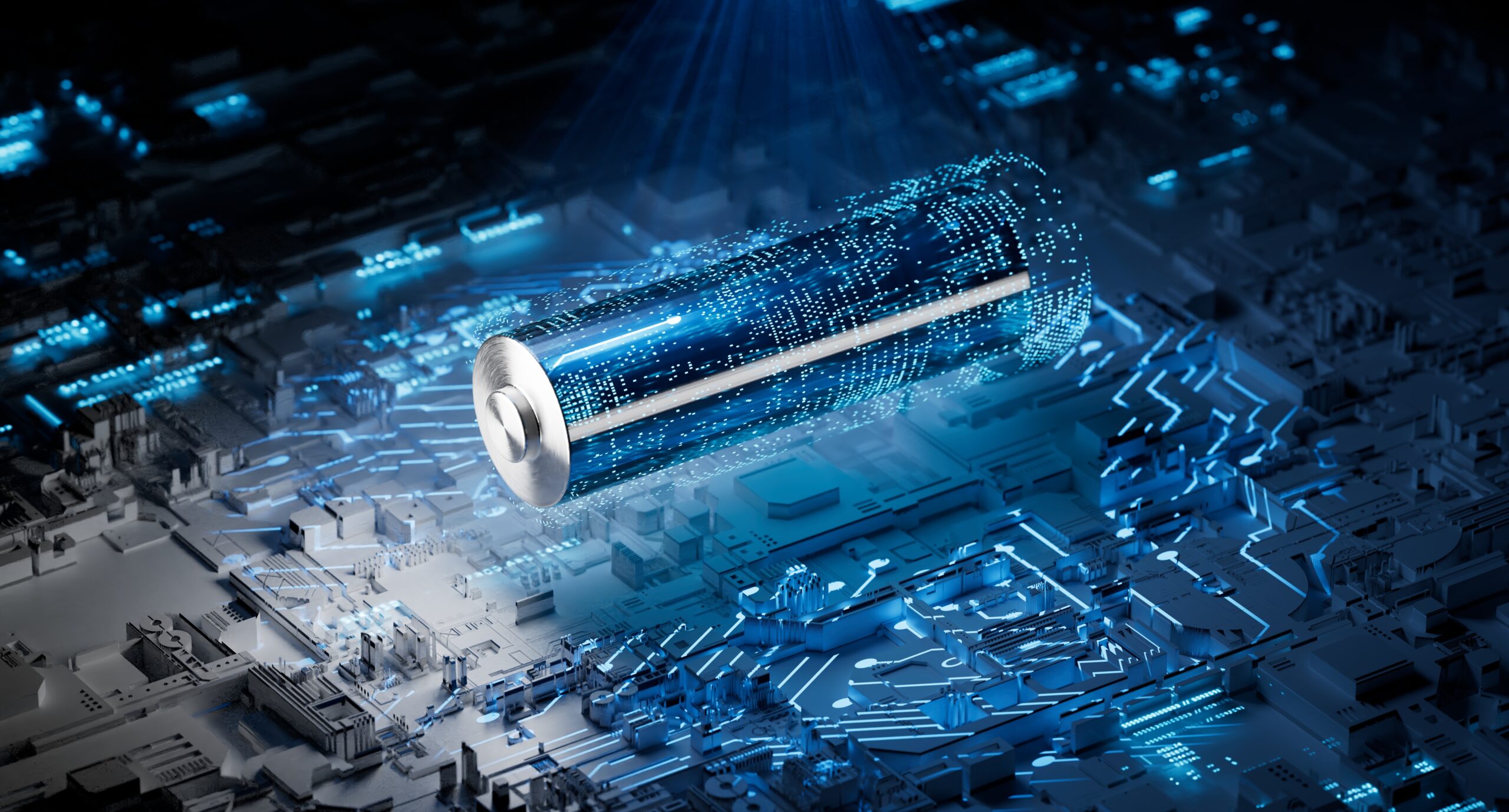Read up on how G2L is transforming the lithium extraction landscape in the Innovation News Network’s latest article. This story will appear in The Innovation Platform – Issue 20, publishing December 2024.

Article excerpt:
Go2Lithium Inc. (G2L) stands at the cutting edge of the global lithium industry, dedicated to unlocking the full potential of lithium brine assets through innovative technologies and strategic collaborations
Lithium, often referred to as ‘white gold,’ is the critical element that powers the batteries fuelling our modern world. However, the extraction of lithium has long been plagued by challenges related to environmental impact, inefficiency, and high costs.
At G2L, we bring extensive experience in guiding battery metals projects from initial flowsheet development to full commercial scale. Our commitment to excellence ensures that we deliver superior results at every stage of the lithium extraction process.
Through its cutting-edge cDLE® technology, G2L offers a promising alternative to conventional methods. This technology, rooted in continuous ion exchange processing, has the potential to recover lithium from brines more efficiently, cost-effectively, and with a smaller environmental footprint.
Game-changing lithium extraction technology
Traditional methods typically involve extracting lithium either from hard rock (spodumene) or from salars (salt flats). These methods are quite different in their approach. Hard rock extraction can be energy intensive, followed by salars, which also require significant energy and time.
In contrast, DLE dramatically reduces time, energy consumption, CO2 emissions, and environmental footprint. It fundamentally changes how lithium extraction is perceived. With DLE, we’re no longer digging large holes or using vast evaporation ponds that waste water.
Instead, we simply extract lithium from a liquid by passing it through a sorbent, which captures the lithium, and then we can quickly restore the environment by putting the liquid back. Economically, DLE is also more advantageous. For example, the cost might be around $6,000 per tonne of lithium carbonate equivalent (LCE) with hard rock extraction, while DLE could bring that down to $3,000 to $4,000 per tonne.